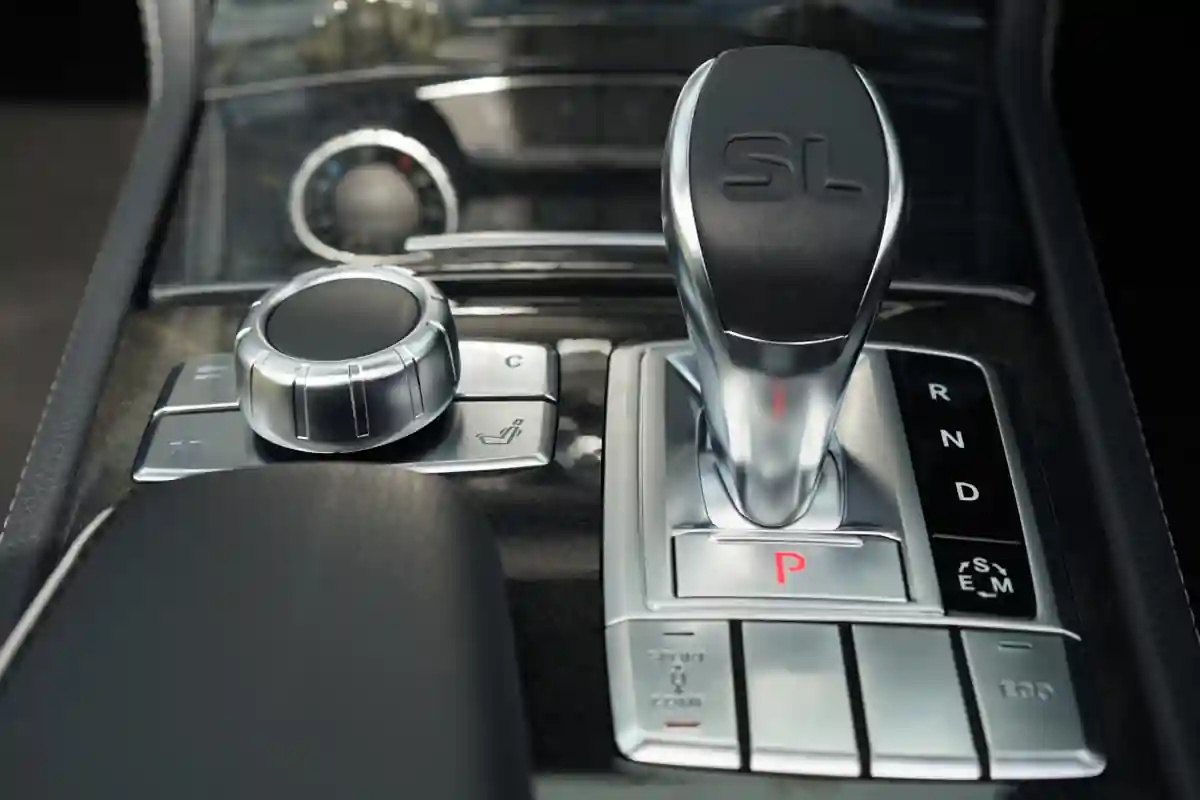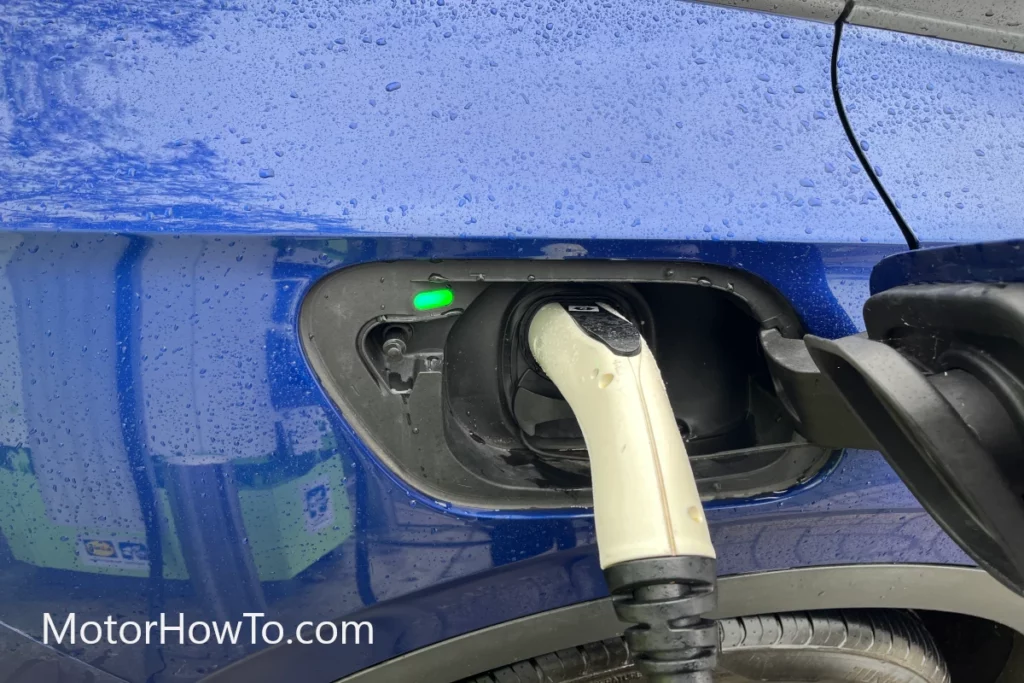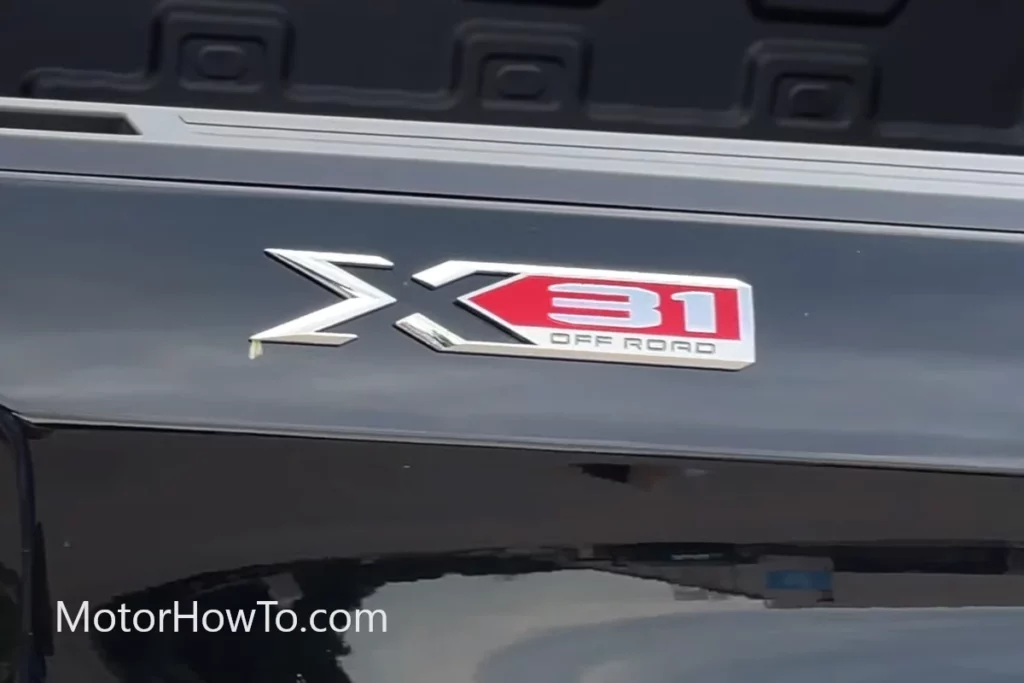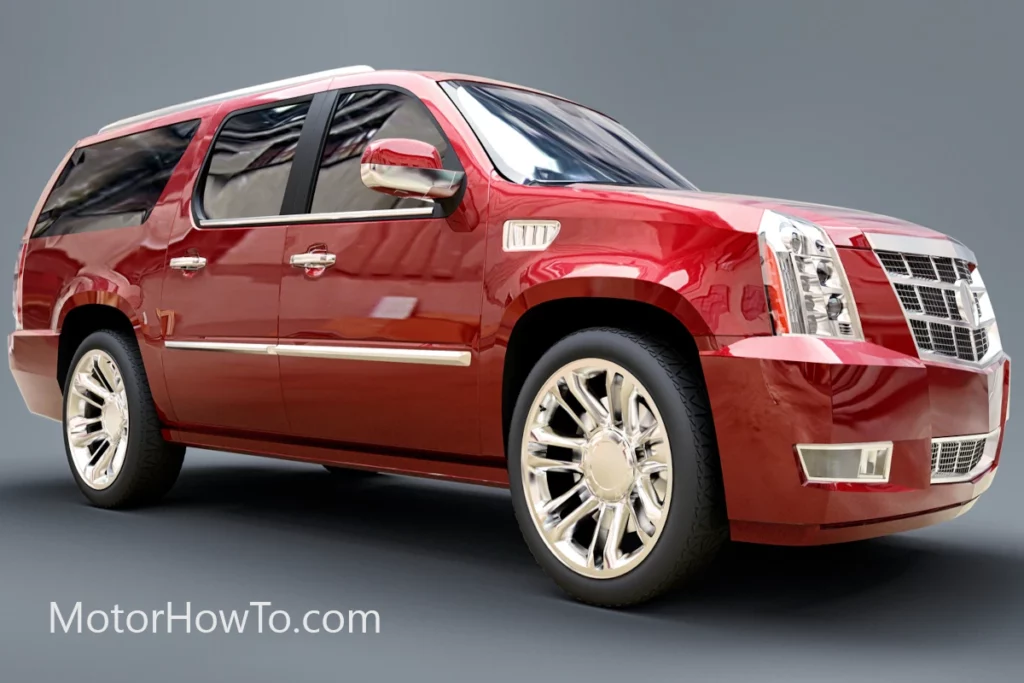One of the things that you may have noticed while driving on your automatic transmission car is that it tends to roll back on a hill or a steep climb.
It is worthy to note that automatic transmission cars are supposed to be able to automatically use the right gear but there are still moments where you don’t seem like you are actually on the right gear as your car tends to roll back on a hill.
Why do automatic cars roll back on hills?
The reason why automatic cars roll back on a hill is due to the force of gravity that is exerted on your car. So, when you release your brake on a hill, what happens is that the gravity may push your car back a bit before your vehicle gets the acceleration force it needs to go against gravity.

The way that automatic transmission cars are constructed can depend on one vehicle to another.
As such, the roll-back problem may be quite common in other vehicles and can be rare in some. It really depends on the construction and on the car model that you have.
Nevertheless, if this is a problem that you tend to face on a regular basis, it is high time that you read on to find out how to prevent this problem.
Can cars roll backward when in gear?
One of the features of an automatic transmission car is that you no longer have to shift gears yourself because the car automatically does that for you depending on how hard the engine is working.
As such, the vehicle would be able to use the best gear depending on the situation. And, in most cases, an automatic transmission car really is effective at using the right gear.
However, what if you are on a hill and you had to stop due to traffic? What happens to your automatic transmission car? Is it possible for it to roll back when it is in gear especially when you are on a particularly steep hill?
Before we get there, let’s talk a bit about manual transmission cars.
The reason why this is common for manual transmission cars is that the clutch plate and the flywheel aren’t in contact. As such, there is no resistance coming from an engine when you release the brake or the hand brake before you step on the accelerator.
But what about automatic cars?
We already know that automatic cars are always in gear unless you specifically placed them in neutral. However, can an automatic car still roll back on a hill even when it is in gear?
For starters, yes, this can still happen to automatic cars in the same way that it can happen to manual transmission cars. And that is true even if the automatic car is always in gear as it might roll back a few inches down the hill before it accelerates forward.
This is why it is important to give some extra space between you and the car in front of you as the vehicle in front may end up experiencing the same situation.
While this can happen, it shouldn’t be something you should be worried about unless the vehicle behind you didn’t give you enough clearance in terms of space.
A few inches won’t cause a collision unless the car that’s tailing you is actually pretty close or unless you were unable to quickly step on the accelerator.
Why do automatic cars roll back on hills?
Now that you know that automatic transmission cars can roll back on hills once you release the brake and before you start to accelerate, you might be wondering why this is actually happening.
For starters, there are some standard transmission cars that do this because the clutch plate and the flywheel aren’t in contact. As such, there is no resistance from the engine whenever you release the brake. This will cause the car to roll backward especially if your car doesn’t have hill assist.
However, the reason why this happens to automatic transmission cars even when they are in gear is quite obvious. Of course, we are talking about the force of gravity here especially when your car is on a very steep hill or an incline.
So, the reason why your car can still end up rolling back on an incline is that the force of gravity may be stronger than the resistance of the engine.
As such, you may end up seeing your car moving back an inch or two because of gravity. And when you release the brake and then accelerate, this can still happen because it might take a split second for your car to gain enough torque to counteract the force of gravity.
Meanwhile, if your car has a DSG gearbox, it is essentially the same as a standard manual transmission car when idling as it should be in neutral. That’s why, without hill assist, it will end up rolling back a bit just like a manual transmission when you are on a very steep hill.
How to stop the car from rolling backward when on hills?
As mentioned, it is perfectly normal for any car to roll back when you are on a hill.
This shouldn’t be something you should be worried about especially if the clearance between you and the vehicle behind you is wide enough. And if you step on the accelerator promptly, your car should only move about an inch or two.
But if you really want to prevent your car from rolling back on a hill, what you need to do is to shift into drive if you are on neutral. There are some who may stay on neutral when they are on a hill especially if the traffic is bad. So, before you start accelerating, make sure that you shift back into drive.
Before you step off the brake, what you need to do is to step a bit on the accelerator so that the transition between braking and accelerating is smooth enough to prevent your car from rolling back.
If there is no vehicle in front of you, you can step halfway through on your accelerator before releasing the brake.
However, if there is a vehicle in front of you, you should step about a quarter on the accelerator and then promptly step on it the moment you release the brake.
This won’t guarantee that your car won’t roll back but it can make it less likely for you to move more than an inch when you transition into acceleration smoothly enough.
Sources
Wiki How: Prevent a car from rolling back
Red flag deals: car automatic transmission rolls back steep hill



